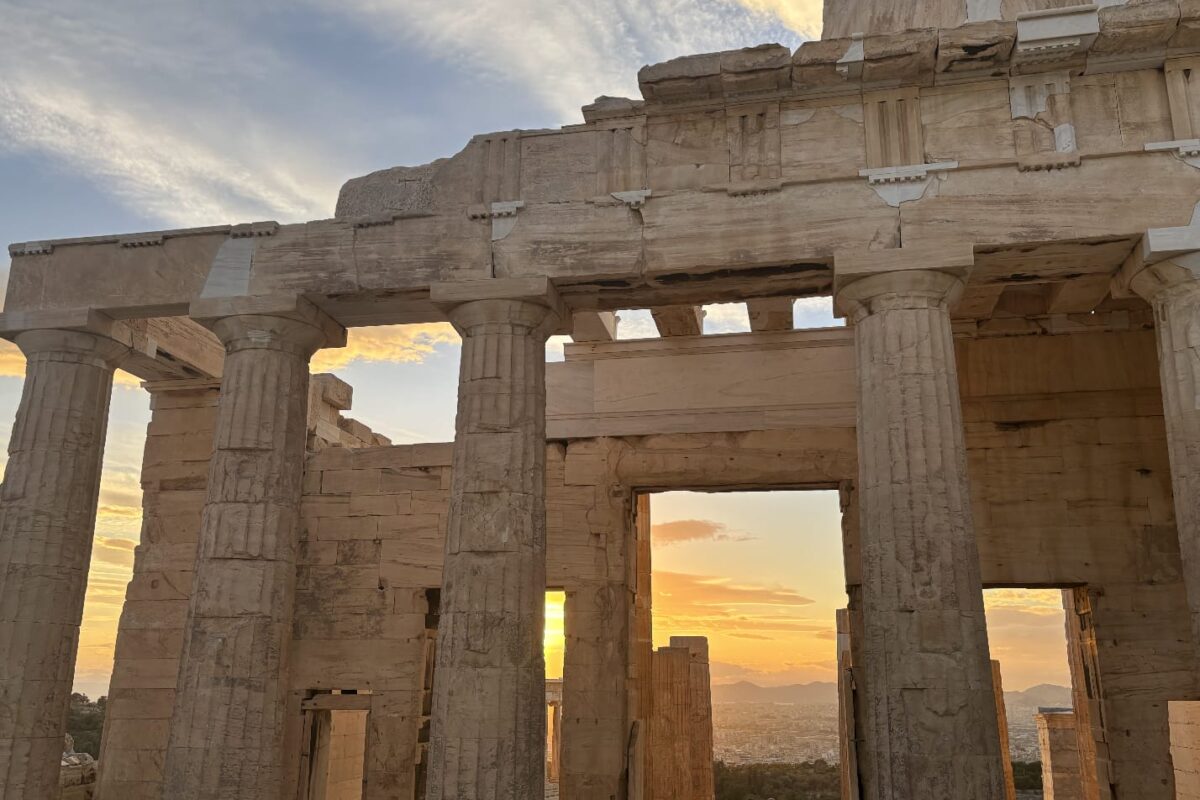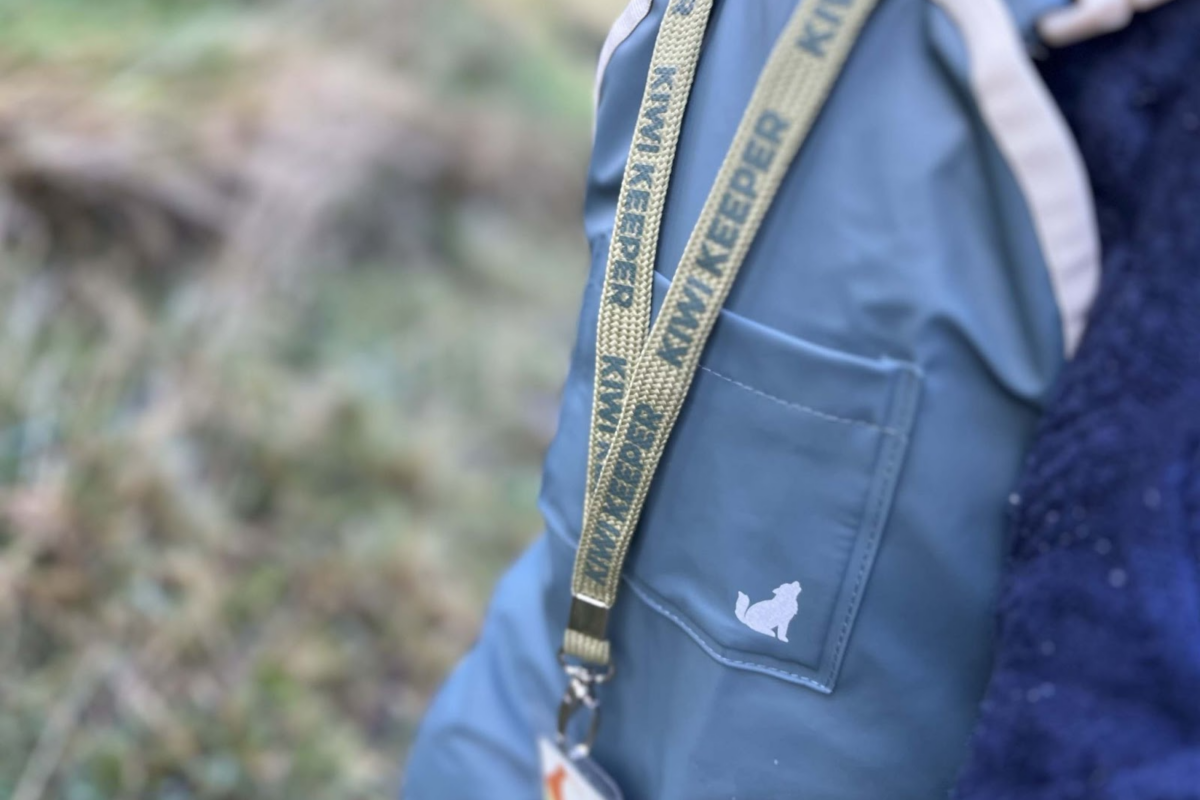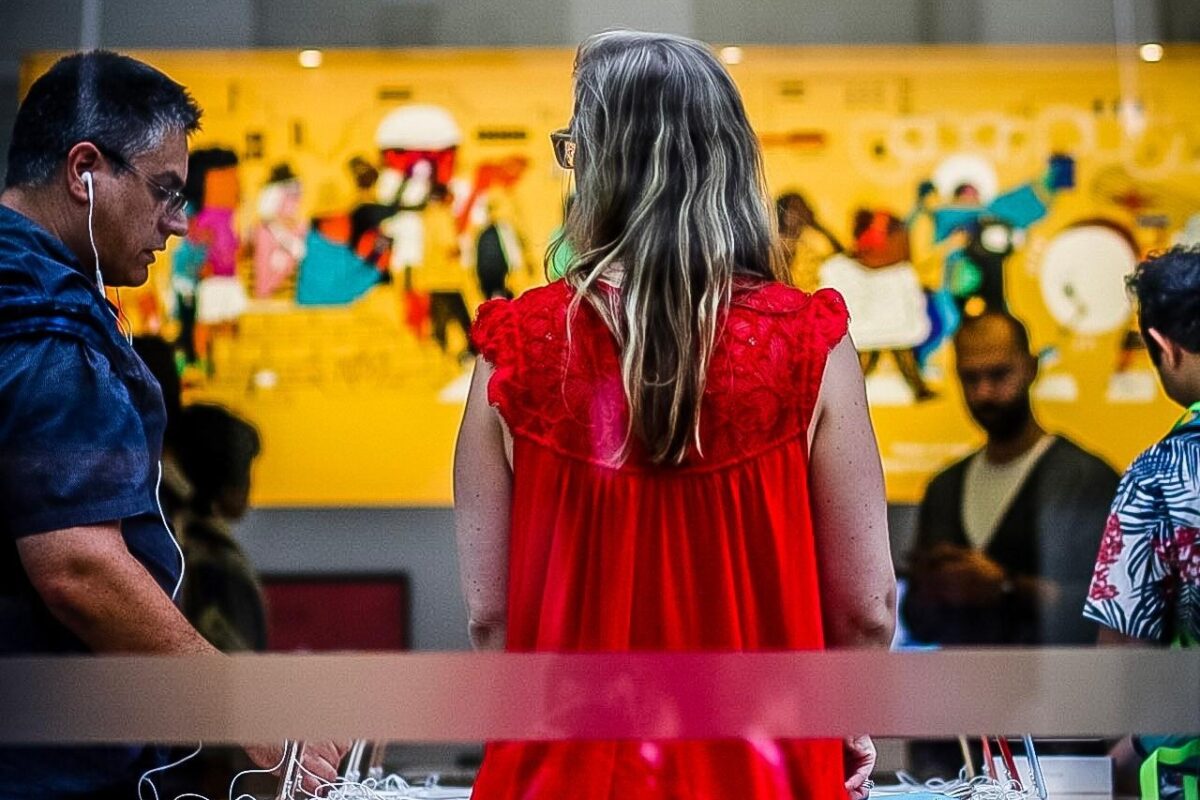We recently sat down with Jennifer Loughmiller-Cardinal, PhD, archaeologist and scientific advisor, to learn about her journey to the Merz Institute, her thoughts on the US election, and her favorite story from the field.
How did you become interested in archaeology?
When I was three, I saw an episode on Sesame Street where Bert and Ernie find an Egyptian tomb. That was it, I was hooked. The small town where I grew up, in the Midwest, was far from anything really. The first archaeologist I actually met was when I was 18. The underlying theme to all my education since has been the fundamental similarities in behavior for humans, no matter the time or place. In particular, I was interested in why our social bonds are often made over food and drink. Moreover, why do certain types of drinks, such as alcohol, become especially significant? This has been true everywhere throughout time in nearly every culture. So, what makes certain types of eating or drinking so special? To really answer that question my studies took me through archaeology and anthropology, but also linguistics and epigraphy (the study of ancient writing) into art history and then eventually to chemistry. I’ve spent the vast majority of my life in academia.
You must have some amazing field stories, can you share one?
As both a chemist and an archaeologist, I was one of the first of the very small number of people at the time globally that could analyze ancient food residues. That gave me the opportunity to travel widely and allowed me access to highly restricted archaeological contexts. I was allowed to actually climb through the pyramids, a rare privilege, to take samples of residues on the royal burial goods. This has put me in some really remote and difficult to get to locations. Sometimes having to walk with mules laden with supplies for a day or two. One of my first locations was in northern Belize, an area that had been settled by Mennonites. It is something surreal to be in the middle of the rainforest and see a Midwest-looking farm village, but with cattle from India (capable of living in high temperatures of the tropics). The farm that allowed the archaeologists space had built small structures along a hilltop. Each structure was about the size of a fishing shanty, perhaps 10×10 feet, with slatted windows on the two sides where the rains never come. The door was a large panel of wood tied open to the side of the building.
I hung my hammock diagonally inside the structure I was assigned and settled in for my first night. The rain forest is very loud. There are bugs, birds, monkeys, and sounds from creatures I couldn’t identify. Getting used to the cacophony was hard, but also the hypersensitivity to the predators that were possible there – especially jaguars. In the middle of the night, among the sounds I heard something crunching the grass outside of my hut. There were four crunches in a row. Four crunches, four feet. I heard it again. And again. It was clearly getting closer to my hut. My heart started pounding. The windows were not on the side where the noise was coming from. The door was tied open and the only way to close it was to go outside.
The noise continued, and it was slowly getting closer and closer. It clearly had four legs. Jaguars hunt at night.
I rolled out of my hammock as quietly as I could. I grabbed my new machete, which I had not yet sharpened (they are sold blunt). The only other thing I could think of was to grab my little spray bottle of 100% DEET – which seriously burns if it gets into your eyes. The plan was that I would spray it with DEET, blind it, hit it as hard as I could with the machete, and then run up to the main camp building (about 1,000 yards from where I was). I stood there running over this plan in my head for what seemed like hours – spray, strike, run! My heart was beating so hard that I couldn’t hear the footsteps anymore. My hands were so sweaty that I wasn’t sure how long or how well I could hold the machete.
I gathered all my courage and decided the best thing I could do was to use the element of surprise. It is a cat after all, and I might have a temporary advantage if I could spook it. The longer I stood there, unable to hear over my racing pulse and palms sweating, the more it had the advantage. So, I jumped out of the door and leapt over the steps – ready to do battle with my DEET and machete – and run. I have never been so adrenaline-filled in all my life, convinced that jaguar didn’t stand a chance. I landed right in front of it.
Then, it mooed. It was a cow that had escaped the pen!
What are your thoughts on the state of academia these days?
Jungle adventures and tomb explorations aside, I became increasingly disenfranchised with academic archaeology: the problem is that none of what I was finding was really being communicated to anyone outside of the ivory tower by my colleagues or my students. The native populations that I was studying did not have access to our findings without my direct and intentional dissemination. What good is it to understand human behavior if the people that need it will never see it? Policymakers, environmental agencies, planners of various forms, and regulations of technologies that affect our social wellbeing. I did try to lead the call to action among my colleagues, but it was largely met with indifference and apathy. In all fairness, the humanities and social sciences are struggling for funding. Even so, there seems to be a general perception that our fields of study, while interesting curiosities, don’t have much relevance to the modern world. I would argue just the opposite: now more than ever, we need a better understanding of what makes us all human and what healthy and successful societies look like throughout the millennia.
Enter my husband, Scott Cardinal, a fellow archaeologist with a sympathetic line of thinking. Scott’s approach is top-down, while I favor bottom-up approaches. He is the lines to my dots. From our different starting points, if we come to the same conclusion or meet in the middle there is a pretty good chance we are on the right path. We started discussing social norms more than a decade ago. Our first paper on norms came out in 2023 and our second in 2024 (with more in the works). This immediately attracted attention, and we found ourselves speaking to an increasing number of interested groups looking for real answers and solutions to big environmental and behavioral issues. Joseph found us and, after reading their paper on overshoot, we realized we were all like-minded and on the same page: working for profound change through novel approaches.
What are your thoughts on the recent US election? Were you surprised by the results?
It has become increasingly obvious just how many features of our institutions no longer match the expectations of the population. Forecasts of people’s behavior, characterized by various polls, are often followed by confused reactions to obvious misinterpretations. The truth is, though, that many of the methods we use to characterize segments of the population no longer work – they no longer match real communities. The original categories and descriptors of population segments have not been appropriately updated to match current social and political realities. What many don’t seem to realize is that some of these methods of social analysis and demographic categories originated over 100 years ago following WWI.
In part, this is due to a generation that has stayed in power and remained active far longer than any others previously. Traditionally, roles are passed from one generation to the next in sequence, and as that happens, updates occur. In this case, such regular transformation has not happened in its usual progression and a significant portion of information still in play is 40 years mismatched with Gen X and 60 years out of sync for Millennials. Our institutions have effectively fossilized rather than continuing to evolve. Much of the mistrust of those institutions, a common complaint across political and social demographics, stems from an entrenched perception that they no longer represent or have any interest in the values, priorities, or needs of any segment of the public. That frustration easily becomes mistrust and animosity, which is ripe for exploitation.
In the case of polling, the questions which are asked may seem generic, but this disguises many implicit underlying assumptions in their analysis. It is assumed that the generic nature of simple questions allows for sufficient representation of beliefs, interests, affiliations, motivations, and intentions. In part the problem lies in our misunderstanding of what information means, what social norms are, and how they are formed. The amount of information being evaluated, compared, and shared within and between individuals and communities is indescribably vast in the modern world. This translates into innumerable micro-adjustments and realignments that are otherwise overlooked. In the aim of cognitive efficiency we humans do not simply make decisions through individual rational processes, but rather use the information we have interacted with and verified with and through our communities: firsthand experiences and secondhand information shared within groups.
In other words, what was assumed to be static representations of fixed social categories have drifted too far from real social dynamics to measure what they think they are measuring. The same inversion of assumptions makes it impossible to recognize where the mismatches are occurring. Think of it as a measure of how yellow something is, only to find that the measure has drifted into orange on one end, and green on the other. The question asked remains “is it yellow, red, or blue” – you might answer red but identify orange, blue but identify green. Another community’s members would answer differently.
Even though everyone is looking at the same color, they categorize differently and so simultaneously each group is answering both truthfully and contradictorily. Those contradictions would be labeled “irrational” responses under current models of demographics, though. This means that we do not accurately characterize our population – the nation as a whole – or their needs.
What advice do you have for people who are interested in cultivating resilience?
Resilience is most productive when everyone has a share and a stake. That is, after all, the very nature of what a community is – common unity of shared conditions, priorities, and goals for a small population. A vision cannot be applied top-down but must be one that is formed for and from the conditions that lead to the unified group. Utopian ideals have – without historical exception – failed quickly and in many cases catastrophically. The healthier method is to reconcile with the diversity of information, which is also the quickest method of establishing the ground truth.
The most successful method of cultivating investment is to allow each person to interact and react to the same body of information everyone is working with. To those ends, formal discussions and brainstorming sessions are productive, but better is to cultivate natural coalescence and exchange. More ideas are shared over common locations, diners, and coffee houses. Moreover, the goal is to create action that is best fit for the community and its members. There are no “one size fits all” approaches, since each community’s local conditions and priorities are their own. Encouraging a system that incorporates all members, and facilitates their participation, defuses reactionary bifurcation and disunity while limiting the stress or competition of members.


